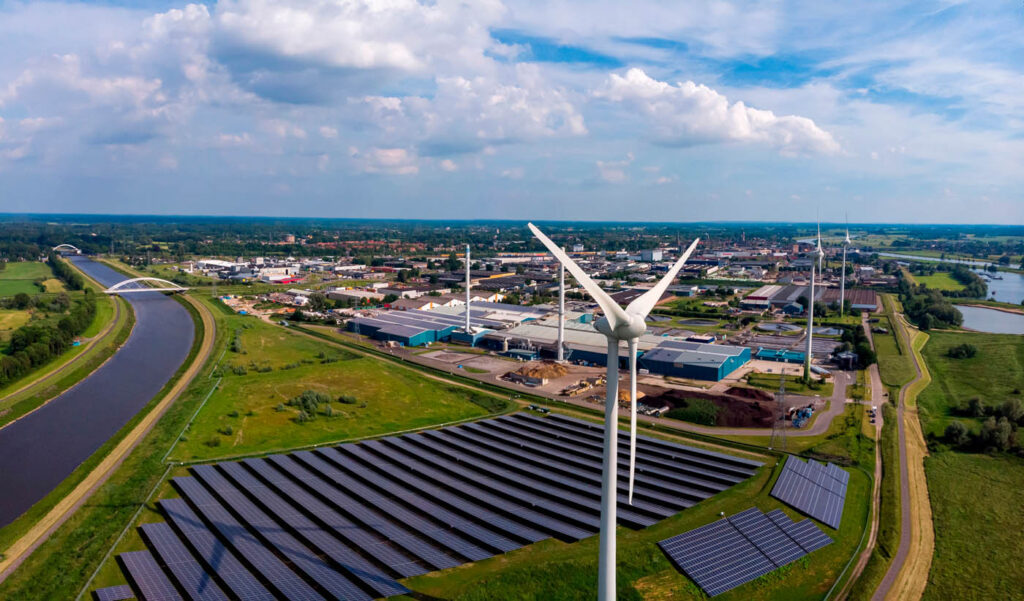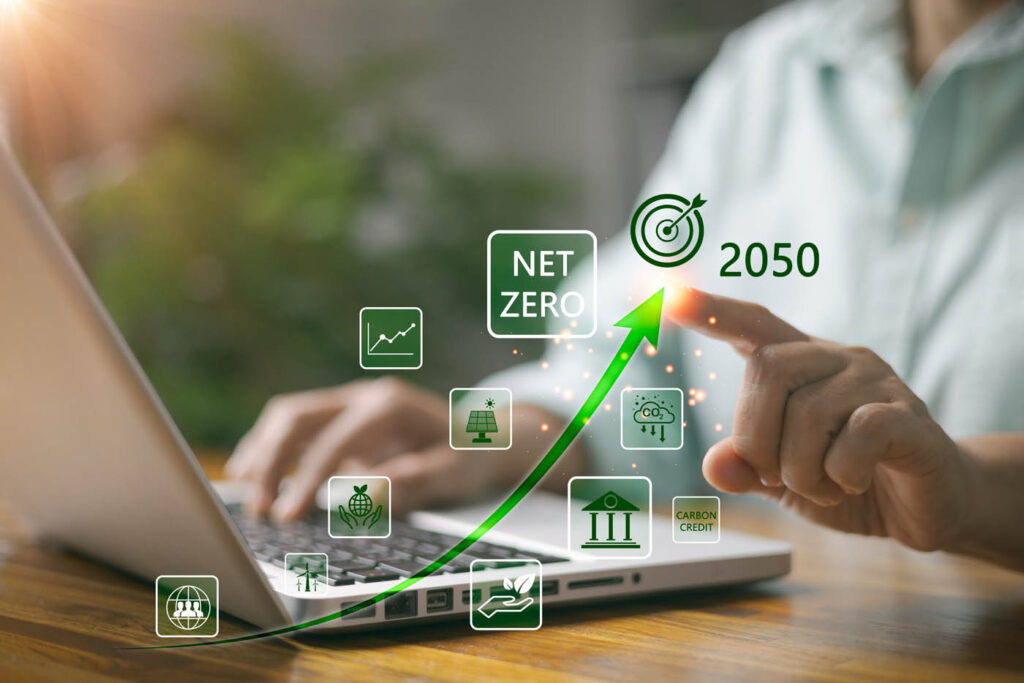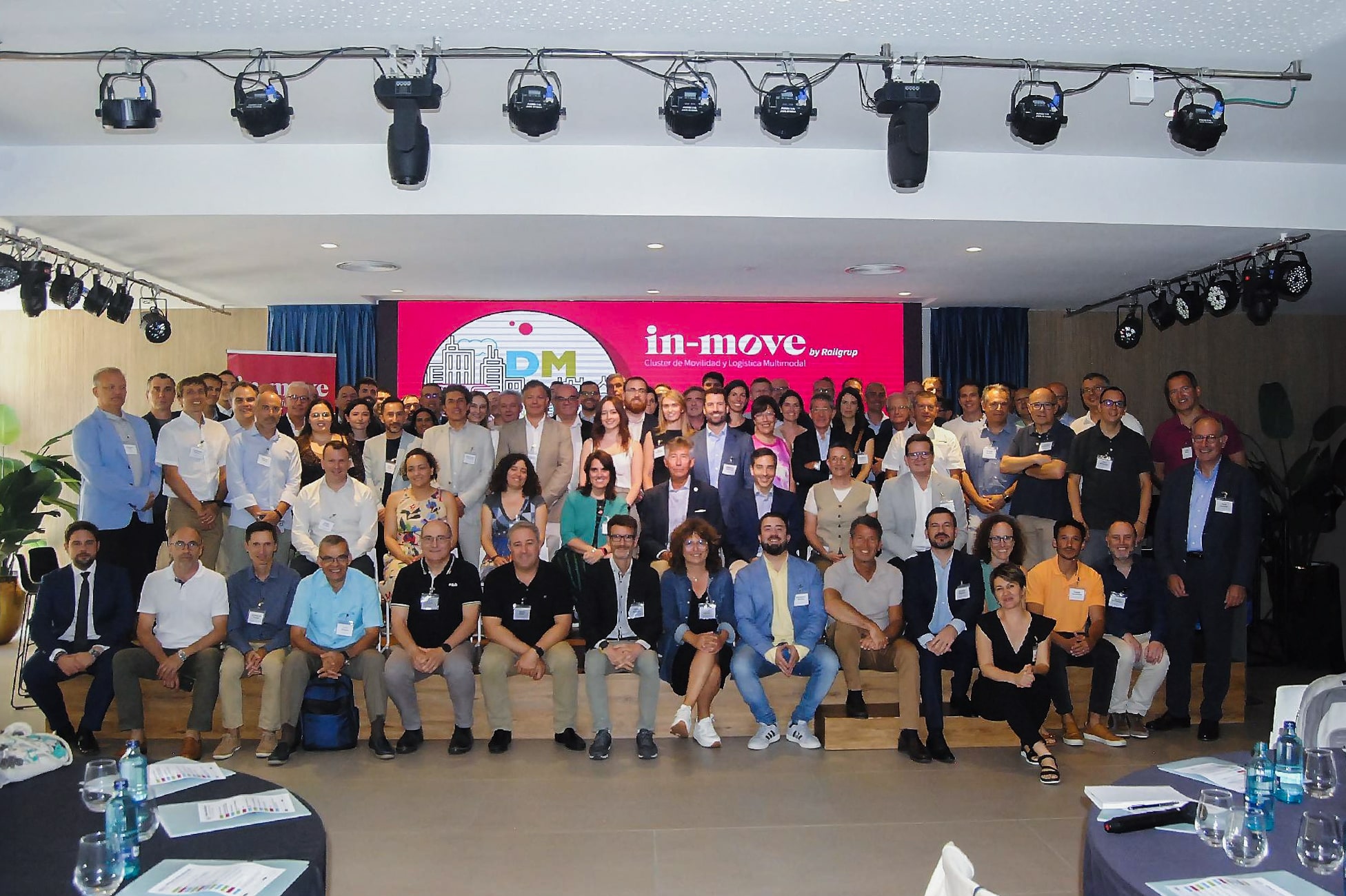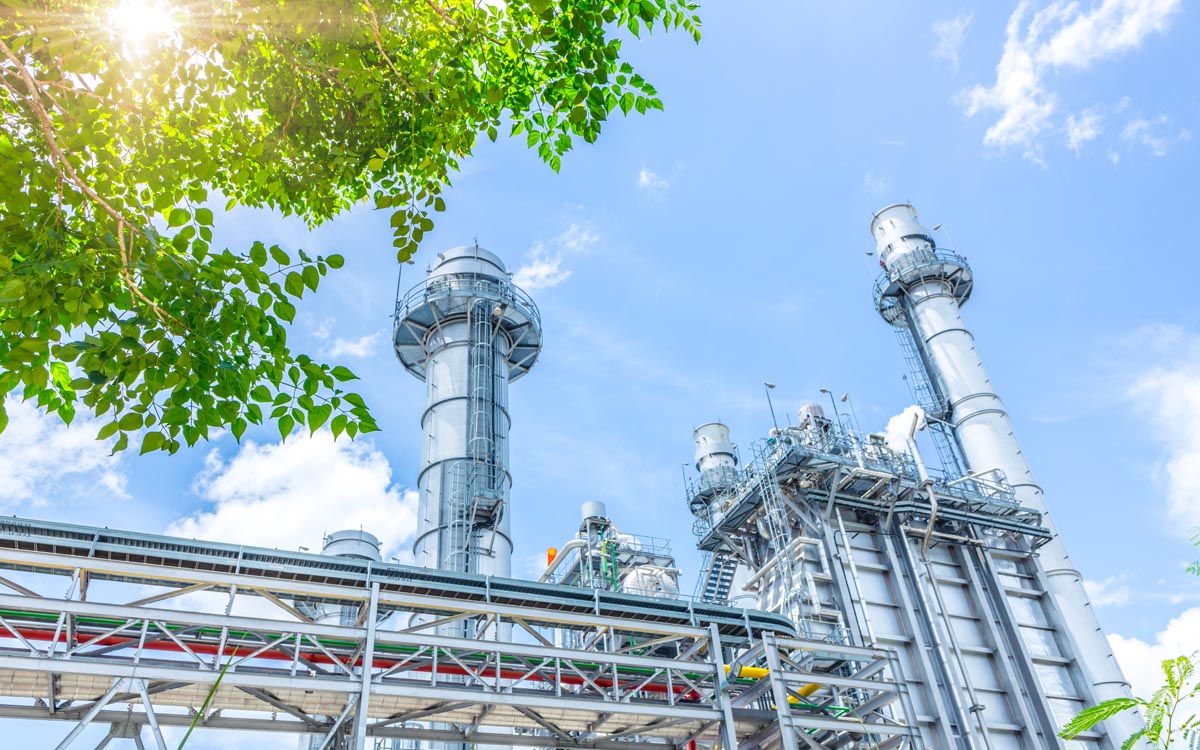Progress towards the Circular Economy in Industry

Far from being a mere trend, the industrial circular economy is a fundamental part of the roadmap to environmental, economic and social sustainability. Thanks to it, factories can reduce waste, increase efficiency and create long-term sustainable value.
Tabla de contenidos
ToggleLearn how circular economy redefines sustainability in industry and improves operational efficiency
The adoption of industrial circular economy processes allows factories to evolve towards a resilient and adaptive economic model, two vital elements in the transformation that is taking place in the so-called Sustainable Industry 4.0.
The circular economy principles are one of the keys for companies in the industrial sector to obtain a greater number of advantages such as a industrial waste reduction, establish processes for circular supply chain, a sustainable resource managementThe company’s brand image has been strengthened and costs have been reduced.
Moving towards an industrial circular economy
The development of circular business models requires establishing a defined sustainability strategy and monitoring the progress of its actions. ESG managers in companies can be helped by partners such as aggity and a platform such as GreenwAIs by aggity, which enables them to drive decarbonization and sustainable innovation, including innovation in the circular economy.
Having the knowledge and experience of a partner such as aggity and the support of technology allows the factory to analyze the complete life cycle of the products and to identify waste reduction opportunities y industrial recyclingincluding material procurement, production, use and disposal. This initial study will enable organizations to adopt circular production systems.

Design for reuse
Improving resource efficiency in manufacturing is one of the objectives pursued by industrial companies and must be taken into account from the very moment the product is designed. Therefore, design for reuse and recycling is a fundamental principle of the circular economy, which seeks to reduce the product’s carbon footprint maximizing the durability and useful life of products, as well as facilitating their repair and reconditioning.
This parameter is the exact opposite of planned obsolescence, since the aim is to ensure that products last as long as possible and that, in the event of failure or wear and tear, they can be repaired.
In addition, this design phase seeks to use materials that can be easily separated and recovered, thus contributing to the reuse of materials in the industry. In this way, it is not only possible to achieve a better valorization of industrial waste, but also to increase the productivity of the factory and a significant reduction in manufacturing costs.
Digitization technologies
Circular economy and digitalization are two concepts that go hand in hand. More and more manufacturing plants are employing technologies such as Industrial Internet of Things (IIoT), Artificial Intelligence (AI) or blockchain to achieve greater traceability, transparency and efficiency in the management of resources and materials along the supply chain.
This provides a complete product life cycle analysisThe product’s life cycle is completed, from the design phase to the distribution phase, ending at the moment when its useful life cycle is fulfilled and the materials are separated for reuse, thus closing the product’s life cycle.

Policies and regulations
Regulations are an important factor to consider in the circular economy in manufacturing. These regulations are becoming increasingly numerous and demanding, and failure to comply with them can lead to heavy fines. But also, many of these laws incorporate recycling and reuse targets, as well as tax incentives to promote industry adoption of sustainable practices, energy efficiency standards and waste management.
All of these regulations seek to promote a circular economy environment by setting eco-design standards and recycling targets. The European Union (EU) is the political-economic area that has placed most emphasis on developing circular economy standards with regulations that, for example, require electronics manufacturers to design devices that are easier to repair and upgrade, thereby reducing the generation of waste electrical and electronic equipment (WEEE).
Similarly, EU countries are subject to packaging and packaging waste regulations that aim to reduce the use of disposable and single-use plastic packaging, and promote reuse and recycling through the use of compostable materials, among others.
Últimos posts

IBM Think 2024 bets on Generative Intelligence and It Automation solutions

aggity participates in the “Mobility Dialogues” meeting organized by IN-MOVE by Railgrup

aggity appoints Diego Viudes as new commercial director for the spanish business

Key developments in green innovation

Aggity signs a commercial agreement with Sener to address energy efficiency and decarbonization projects in the industrial sector.

“Sustainability, without data, is simply a pipe dream.”

Improvements in corporate data protection





